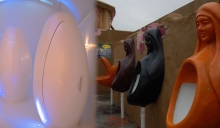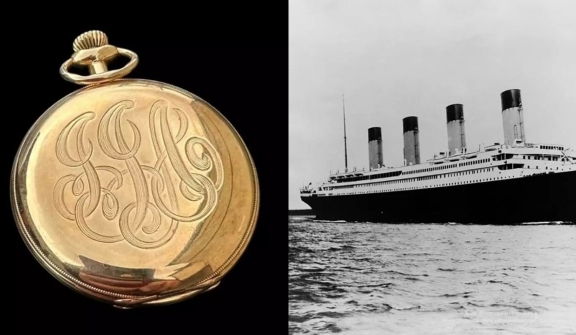
A gold pocket watch from the Titanic's wealthiest passenger has recently been sold for a staggering amount, capturing the attention of history enthusiasts and collectors.
The sinking of the Titanic in 1912 was a significant and sad event in history, where more than 1,500 people died.
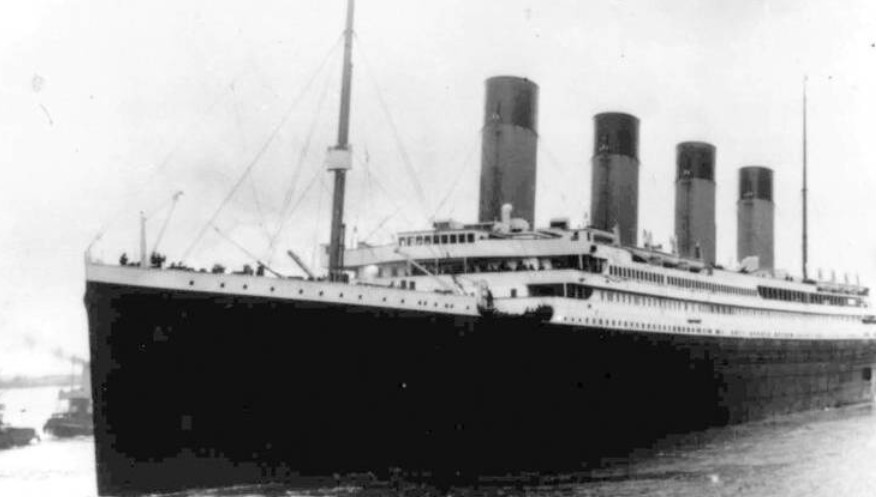
The Titanic, once hailed as an "unsinkable ship," shocked the world when it sank just four days into its maiden voyage after colliding with an iceberg in the Atlantic Ocean.
Among the wealthy passengers onboard, it is no surprise that valuable items, such as an expensive gold watch, were discovered.
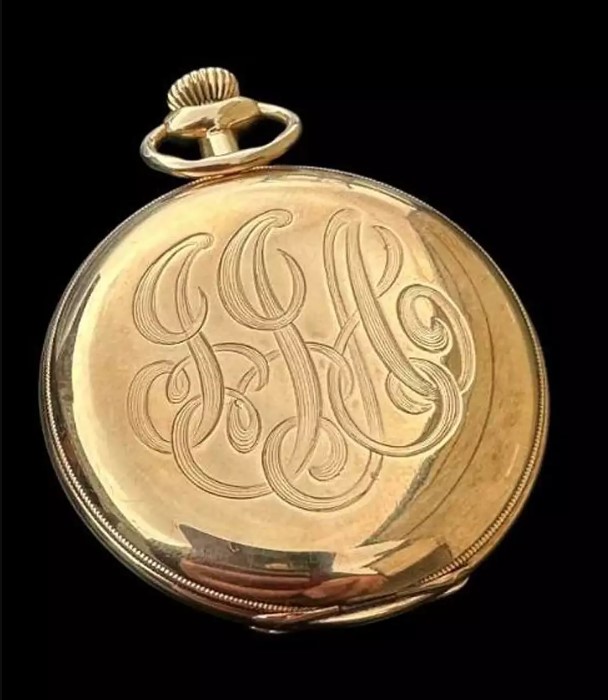
The special gold watch, which belonged to a businessman named John Jacob Astor, became very famous because it sold for the highest price ever for anything related to the Titanic.
A person from the United States, who collects things privately, bought the watch. They got it from an auction house called Henry Aldridge & Son in Devizes, Wiltshire.
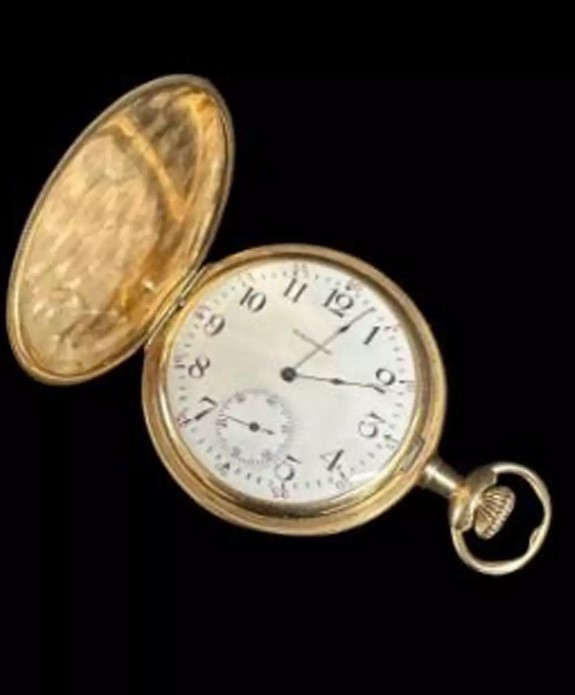
The auctioneer, Andrew Aldridge, expressed his amazement at the sale, describing the prices achieved as "absolutely incredible."
John Jacob Astor, known as the wealthiest passenger on the RMS Titanic, was one of the richest individuals of his time, with a net worth equivalent to several billion dollars today.
The gold pocket watch, engraved with the initials "JJA," was found alongside Astor's body, seven days after the tragedy.

As the ship struck the iceberg at 11:40 pm on April 14, 1912, Astor initially underestimated the gravity of the situation.
However, as the ship began to sink and the evacuation commenced after midnight, he assisted his wife onto lifeboat number 4.
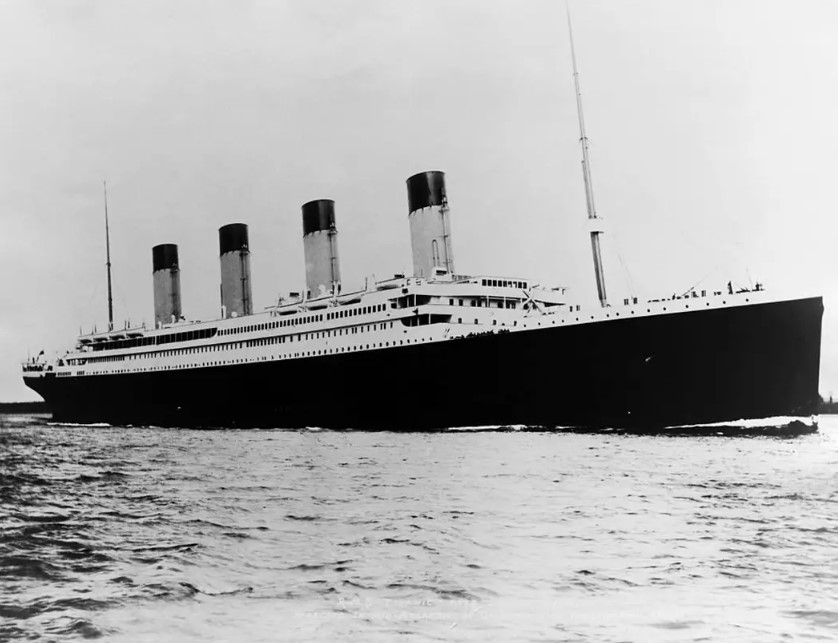
The mystery surrounding the fate of over 1,000 missing bodies from the Titanic always gained the attention of the public.
James Delgado, a maritime archaeologist and historian, suggests that some semblance of human remains may still be inside the wreck.
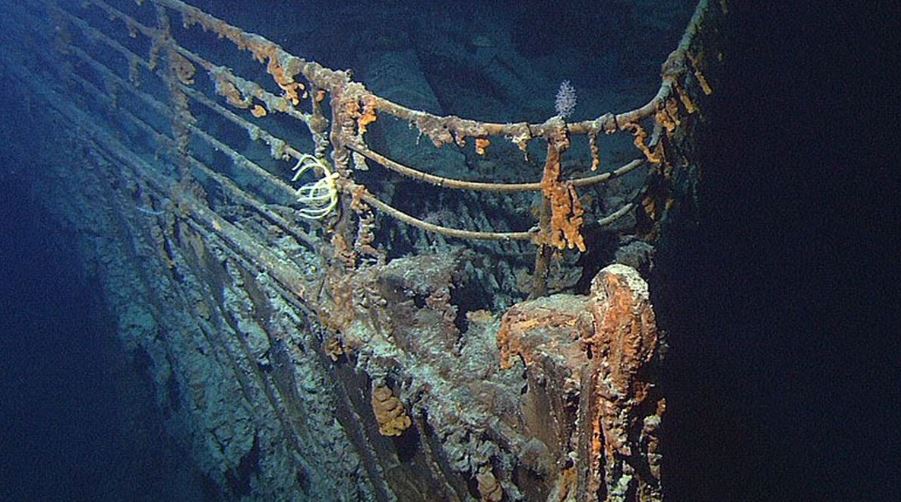
However, he explains that prolonged exposure to the ocean floor's microbial life and saltwater levels would cause the dissolution of bones and organic proteins.
Delgado notes that physical items found in the wreckage, such as shoes and clothing, serve as poignant reminders of the lives lost.
Despite advancements in technology, the exact whereabouts of the missing bodies remain unknown.


